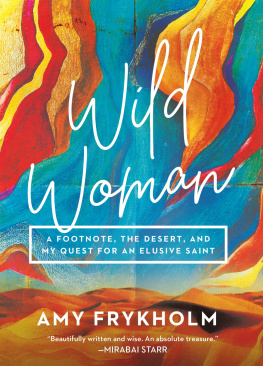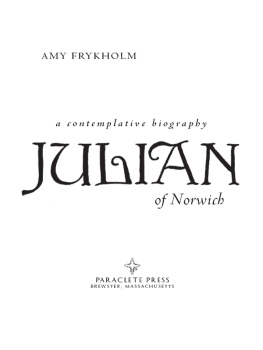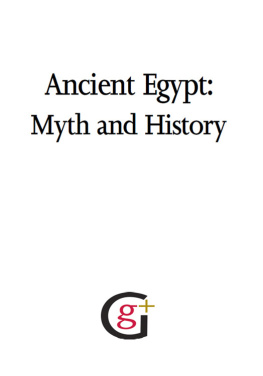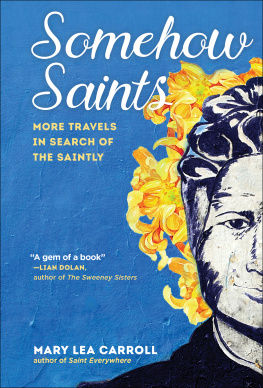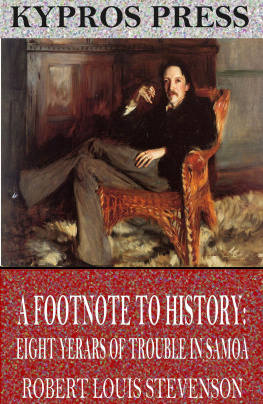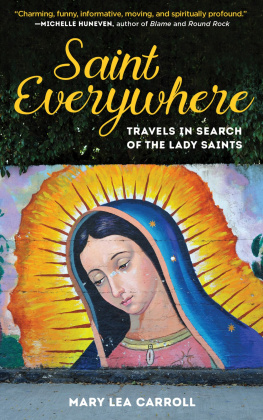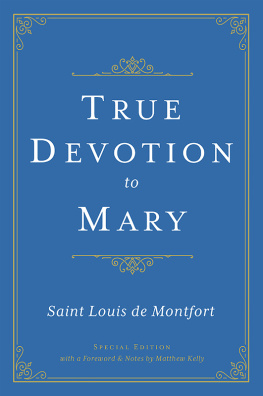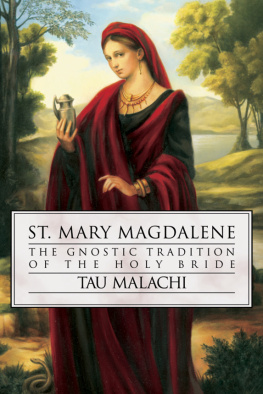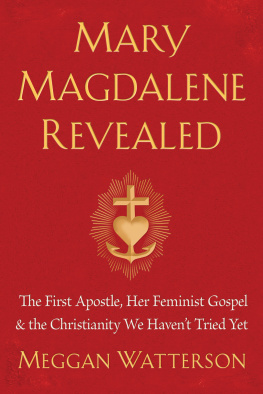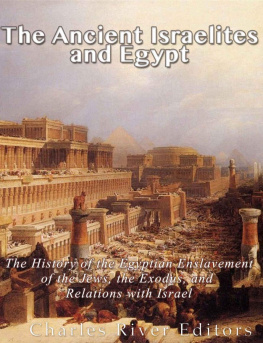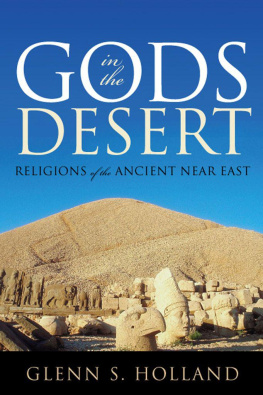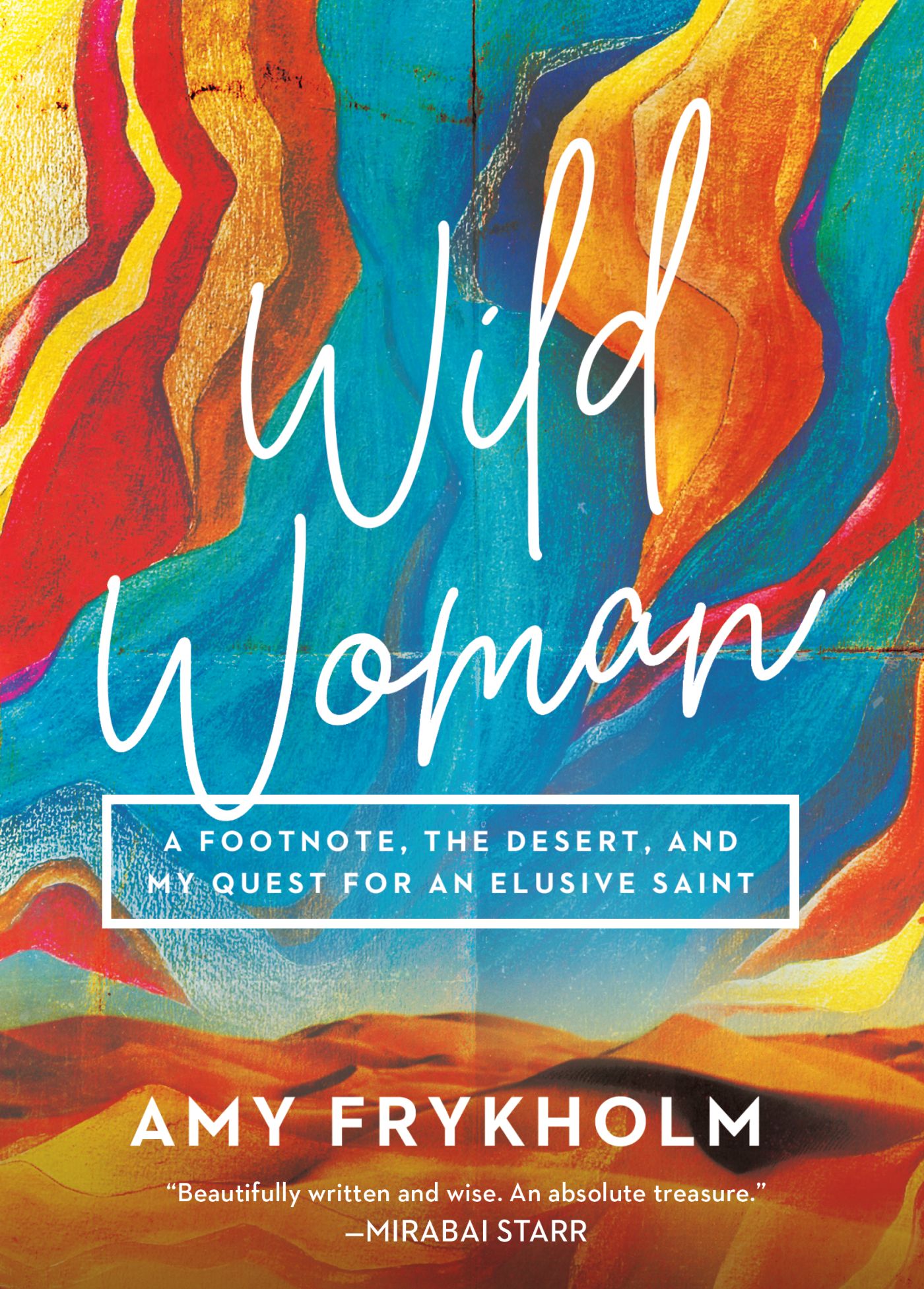
Wild Woman
Wild Woman
A Footnote, the Desert, and My Quest for an Elusive Saint
Amy Frykholm
Broadleaf Books
Minneapolis
WILD WOMAN
A Footnote, the Desert, and My Quest for an Elusive Saint
Copyright 2021 Amy Frykholm. Printed by Broadleaf Books, an imprint of 1517 Media. All rights reserved. Except for brief quotations in critical articles or reviews, no part of this book may be reproduced in any manner without prior written permission from the publisher. Email or write to Permissions, Broadleaf Books, PO Box 1209, Minneapolis, MN 55440-1209.
Scripture quotations are from New Revised Standard Version Bible, copyright 1989 National Council of the Churches of Christ in the United States of America. Used by permission. All rights reserved worldwide.
Cover art: Martha Davies / Getty Images
Print ISBN: 978-1-5064-7185-3
eBook ISBN: 978-1-5064-7186-0
While the author and 1517 Media have confirmed that all references to website addresses (URLs) were accurate at the time of writing, URLs may have expired or changed since the manuscript was prepared.
For the stranger within and without who needs welcome
Contents
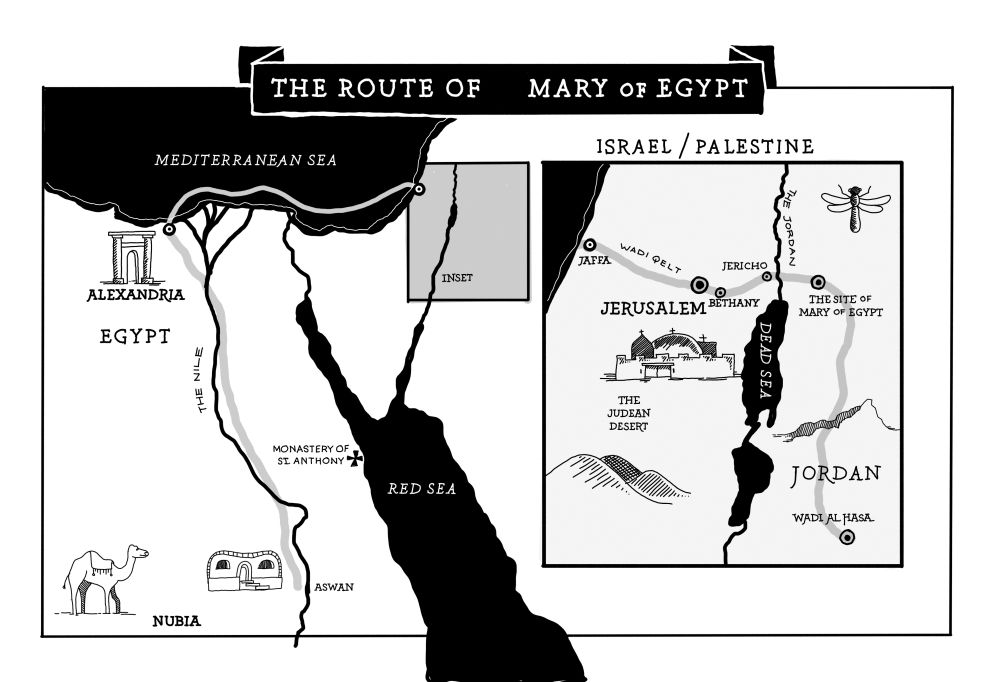
Footnote to History
If you have a deep scar, that is a door, if you have an old, old story, that is a door. If you love the sky and the water so much that you almost cannot bear it, that is a door. If you yearn for a deeper life, a full life, a sane life, that is a door.
Clarissa Pinkola Ests, Women Who Run with the Wolves
I came to this story looking for a footnotea fact that seems ironic given what a faint footprint I started following. I was in the Norlin Library on the campus of the University of Colorado at Boulder. Outside, the shadow on the sundial near the library door swept along as usual. But inside, there might as well not have been time. I was finishing a manuscript for a book, and I was in the midst of the tedious process of verifying page numbers and publishers and dates for the footnotes, tracking down books whose ideas I had long since devoured and digested.
After working all morning, I found myself at midday hungry and wandering among the stacks. I suppose I needed a lunch break but was reluctant to take it with so many footnotes still to go. I cannot account for the flight of the bookunattractive, dustyinto my hands. I was not looking for it. Having spent my morning with the tiniest of the tiny print, more print should not have been interesting. The book was called Holy Women of Byzantium: Ten Saints Lives in English Translation. I sat down on the thin carpet, leaned back against other volumes, opened the book at randomdirectly to the story of St. Mary of Egypt, of whom I had never heardand began to read.
Always an impatient reader, I skipped the introduction to her story, the background and context offered by the translator of the seventh-century text. I also skipped, instinctively, the opening paragraphs: It is good to keep close the secrets of a king...
Who cares? I may or may not have whispered aloud. For me, the story began at a section marked 10. I leafed through the pages as if I knew what I was looking for: While he was chanting psalms and looking up to heaven with an alert eye, he saw the shadowy illusion of a human body appear to the right of where he was standing and performing the prayers at the sixth hour. The rest I read hungrily to the end. I took the book with me to lunch, and while I ate at a deli in the U District, I took out a piece of paper and a pencil and began to eliminate all the words in Maria Koulis translation that my minds eye saw as unnecessary:
Chanting psalms
at the sixth hour
he saw a shadow
a body as if
scorched by the sun
hair sparse and wooly white
he ran weeping
until both came
to a streambed
that had left its trace
How could a torrent
appear in that land?
I am no ghost, she said,
but altogether earth and ashes and flesh.
This exercise was so inherently satisfyingthis elimination of words right down to the bones of my fascinationthat I repeated the process over and over until the essence of the story had become poetry to me. The beautiful bones of a poem.
Then nothing happened. I checked out the book and brought it home. I tried to read about the other womens lives and found myself uninterested. I returned the book to the library and saved my few bones in a file. I applied for jobs as a professor. I went to Ukraine on a Fulbright. I returned to Colorado.
Meeting Again
Years later, I attended a writing conference. Late one night at a picnic table under a New Mexican moon, I heard the words St. Mary of Egypt. Not once since I had written the words on my paper until this moment had I heard her name spoken by another person. I moved down to the other end of the table to listen. The speaker was a young woman who had recently converted to Orthodox Christianity and had chosen Mary of Egypt as her patron saint.
Listening to the woman talk, I felt conflicting feelings about Mary of Egypt rise to the surface. On the one hand, I suddenly recognized that I had long wanted to go out and join her in the desert. My own desire for solitude and silence could sometimes become the unrestrained fervor that Mary spoke of so often. I wanted that kind of wild freedomto be completely hidden and alive in the heart of the desert. On the other hand, I also wanted to invite her home. If shame kept Mary out there, I wanted to wrap her thin, bare shoulders in a blanket; feed her more than the few fingered lentils; and release her from every shred of self-hatred that might keep her alone in the desert. The image of Mary of Egypt, that night and many days and nights since, leads me again and again to ask what I seek in the desert and what I want to bring home, reconciled and healed but wild.
Marys storysensual and ascetic, holy and unholy, connected to God but unconnected to all others, illiterate but deeply learnedseemed to unearth my most basic longings, the ones that are etched so deeply into my life that for fifteen years I have traced and retraced them with the same paradox of knowing and not-knowing what drew me to that book on the shelf in the first place. I am reminded of some lines from a poem found in the Nag Hammadi papers from the first century:
I am the whore and the holy one.
I am the wife and the virgin...
I am the barren one
and many are her sons...
I am she whose wedding is great
and I have not taken a husband....
Why, you who hate me, do you love me,
and hate those who love me?
You who deny me, confess me,
and you who confess me deny me.
You who tell the truth about me, lie about me,
and you who have lied about me, tell the truth about me.
I began to make plans to explore the life of this Mary of the desert. I knew that exploration included the wild places of my own heart. I wanted to ask what this holy one knowsin hopes that it would open new doorways and might lead to my own transformation in the desert wilderness, in my own complex interior.
My Old Life
But that was not all. By the time I went to follow Mary into the desert, the life I had lived for eighteen years was ending in ways that were outside of my control and far, far outside of my desires. The announcement of my old lifes end came swiftly on a Wednesday morning in late August 2018, a few days before I was to leave for Cairo to begin my trek in the footsteps of Mary of Egypt. I had agreed to pick up Alione of my closest friends, who also happened to be my priestat 5:30 a.m. and drive her over a mountain pass for a routine colonoscopy. The morning was bright and clear. I had not gotten up in time to finish my coffee, so I poured it into a travel mug and hoped the smell of it would not make her nauseous after she had been fasting all night.
Next page
